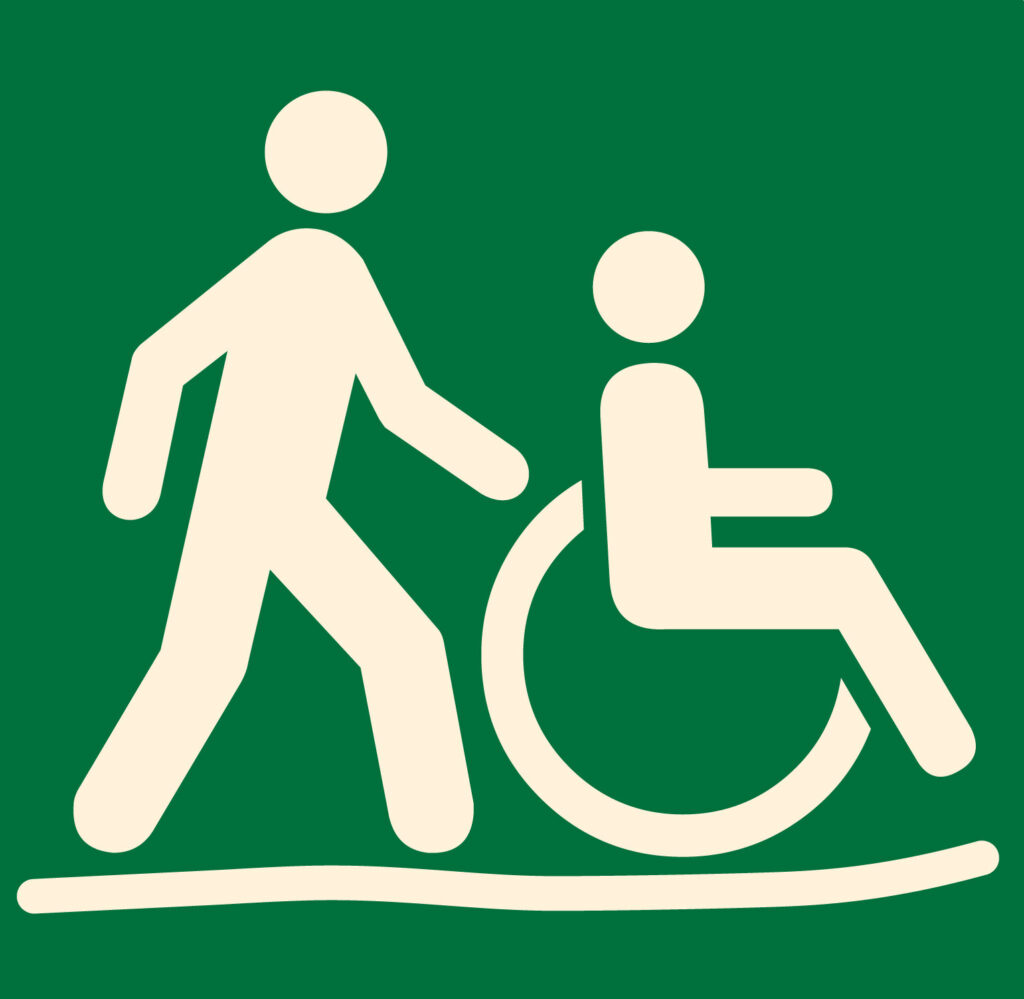Australian Walking Track Grading System
How hard?
Australian Walking Track Grading System
The Australian Walking Track Grading System was endorsed in July 2010 as a voluntary industry standard and is now used almost exclusively throughout Australia having replaced an older system. This grading system provides a readily recognisable standard for walkers to be able to establish the difficulty of a particular walk regardless of where in Australia it is and allows them to determine whether they have the fitness and ability to undertake the walk.
The grading system assesses a walk’s difficulty based on a number of criteria, including:
- Experience required
- Steps
- Trail gradient
- Path quality
- Signage.
A walk’s final grade is based on the most difficult of these five criteria, rather than an average. So some walks will have criteria that meet an easier grade. It’s worth noting that this grading system does not provide any indication of the quality of the walk, only the difficulty.
The following five grades make up this grading system.
Grade 1
No bushwalking experience required. Flat even surface with no steps or steep sections. Suitable for wheelchair users who have someone to assist them. Walks no greater than 5km

Grade 1 sign
Grade 2
No bushwalking experience required. The track is a hardened or compacted surface and may have a gentle hill section or sections and occasional steps. Walks no greater than 10km

Grade 2 sign
Grade 3
Suitable for most ages and fitness levels. Some bushwalking experience recommended. Tracks may have short steep hill sections a rough surface and many steps. Walks up to 20km

Grade 3 sign
Grade 4
Bushwalking experience recommended. Tracks may be long, rough and very steep. Directional signage may be limited

Grade 4 sign
Grade 5
Very experienced bushwalkers with specialised skills, including navigation and emergency first aid. Tracks are likely to be very rough, very steep and unmarked. Walks may be more than 20km however this grade can also apply to much shorter walks

Grade 5 sign
Final Thoughts
The key thing to remember with this grading system is that it’s all about the difficulty of the trail and not the quality of the experience. In addition just because a trail is only a few kilometres long doesn’t mean that it’s not really difficult. The reverse also applies and a longer distance trail can be really flat and easy to walk. Its worth paying attention to the walks that you do and this will help you decide what level of trail difficulty hits that ‘sweet spot’ for the style of hiking that you prefer.
Last updated
18 August 2025